tribal livelihood
Mising Economy & Craftsmanship, assam
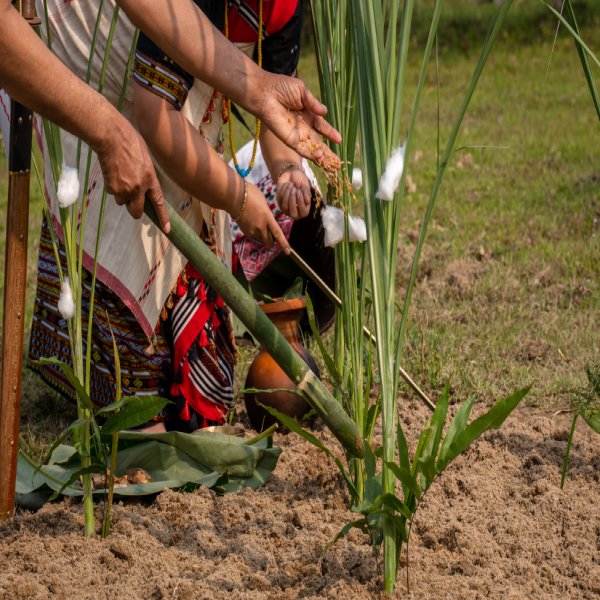
Livelihood of Mising is basically on agriculture, while their staple food crops include Ahu paddy (summer rice), mustard, and pulses. They cultivate both wet and dry rice according to the flood cycle as they have their settlements built next to riverbanks. Shifting cultivation was once a common practice but has now dwindled due to land constraints. The food is largely mustard oil-based, and vegetables are a good source of protein. Old forms of organic composting and crop rotation practices or traditional agricultural methods still prevail through modernization.
Fishing represents a significant means of subsistence and trade for the Misings. Fish are harvested from inundated areas and rivers using age-old snares called "jakoi" and "chepa." Many households engage in fish farming, wherein small ponds are kept at a site adjacent to their house. The diets include dried and fermented fish that are preserved for times of scarcity. With market demand increasing, some of the Misings have been engaged in fishing for local markets to sell fresh and dried fish, thus adding to their farming incomes.
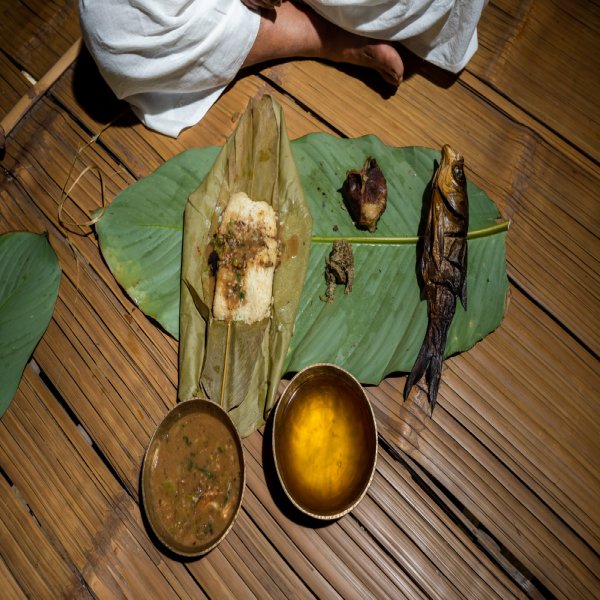
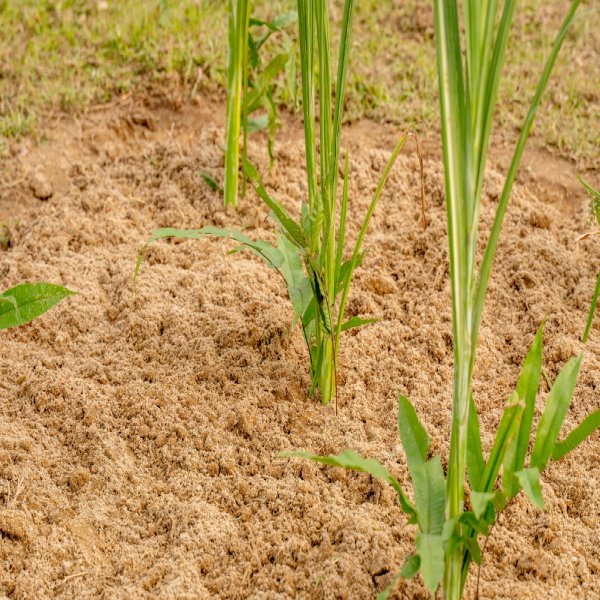
Livestock farming, which mainly involves buffaloes, pigs, and poultry, forms one of the mainstays of Misings' economy and culture. Of these, pigs have specific use in religious rites and festivals. Buffaloes are raised for milk and for plowing, although mechanized agriculture is slowly taking over from animal power. Chickens and ducks are frequently raised for eggs and meat. The livestock act as a source of food security and as assets, frequently sold in times of crisis or on special occasions.
The Misings also keep livestock like buffaloes, pigs, and poultry, which form an integral component of their culture and economy. Pigs are especially significant, as they are used in religious rituals and festivals. Buffaloes are kept for milk production and for cultivation, though mechanical farming is increasingly replacing animal power. Chickens and ducks are often kept for eggs and meat. The animals are a source of food security and assets, often sold during a crisis or special occasions.
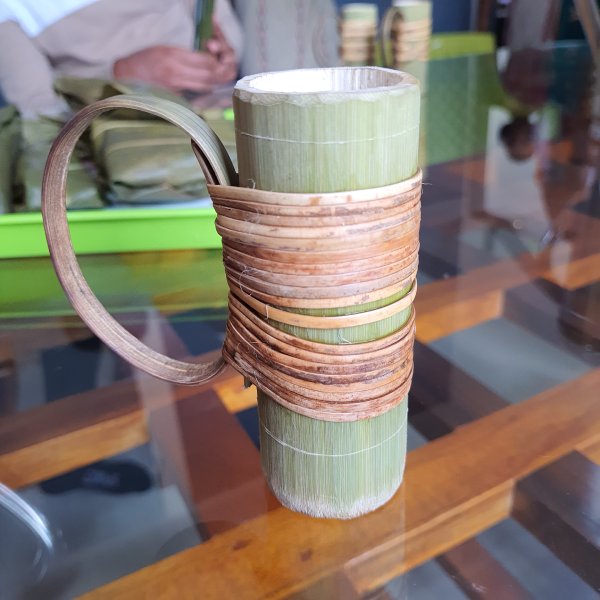
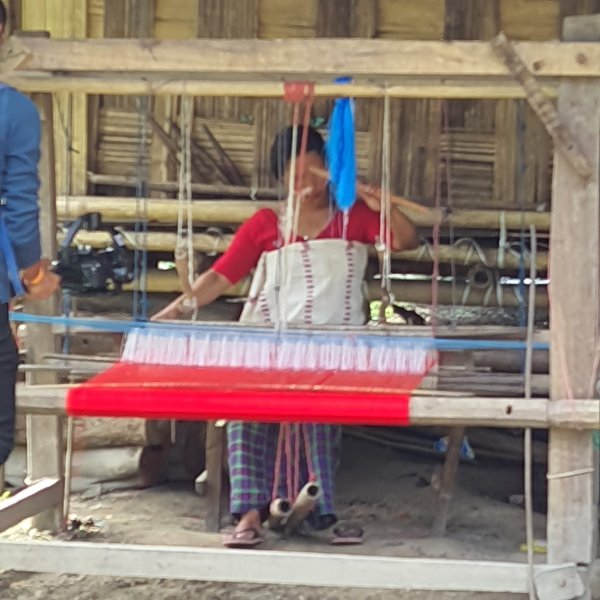
Weaving is a highly valued art among Mising women, who make beautiful hand-woven cloths with traditional looms. Their most characteristic cloth, the "Gero" (woman's wrap), is rich with elaborate designs based on tribal patterns. Weaving is a cultural as well as an economic activity, where the cloth is sold in village markets and fairs. Being passed on from mother to daughter, the art maintains cultural identity while it also gives financial independence to women. Government programs have also encouraged Mising handlooms in bigger markets.



